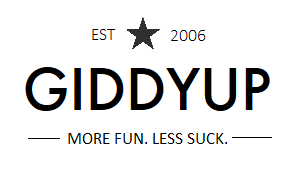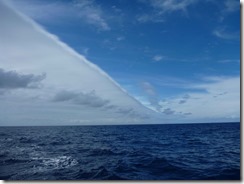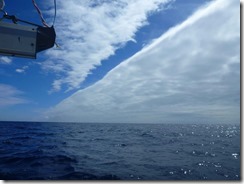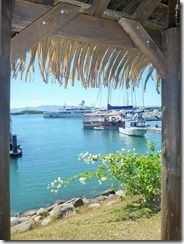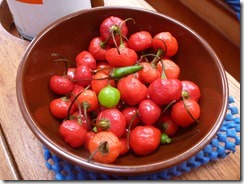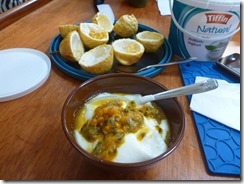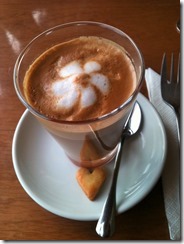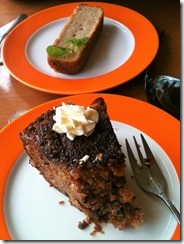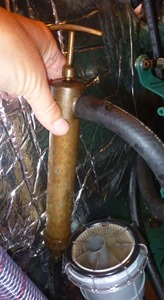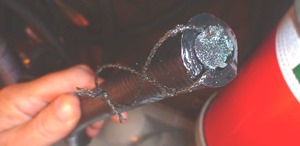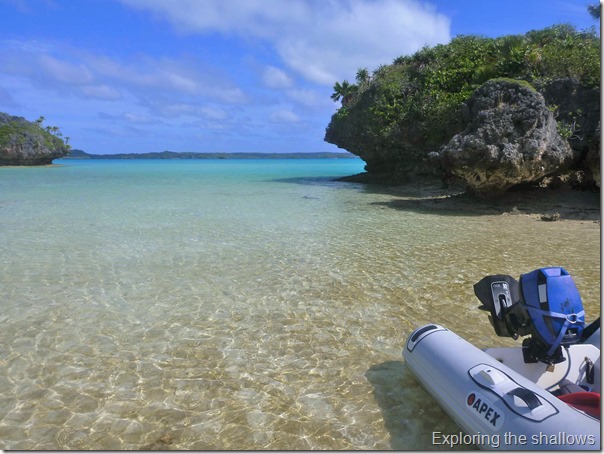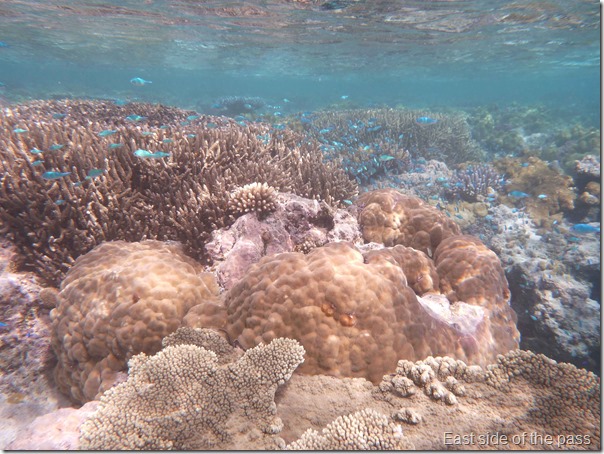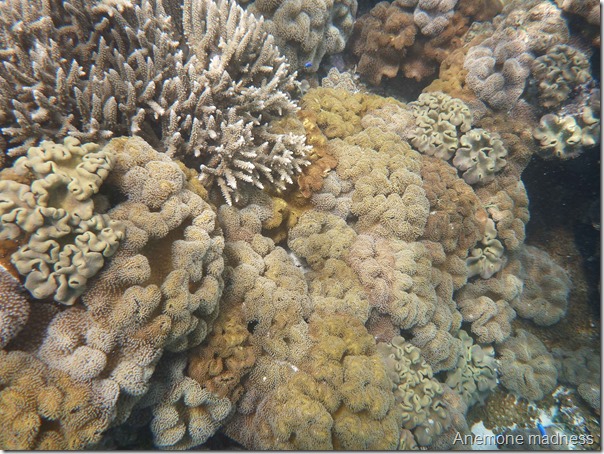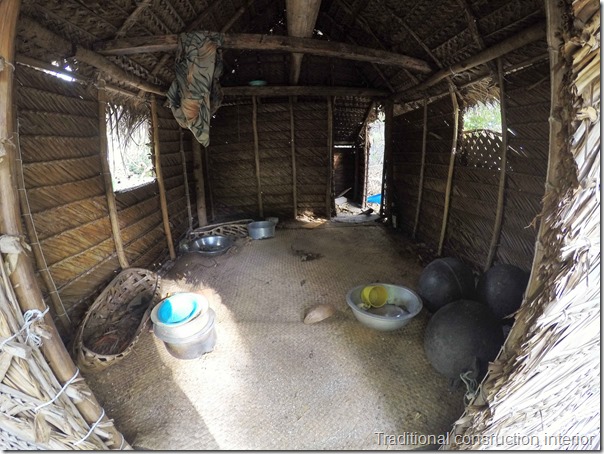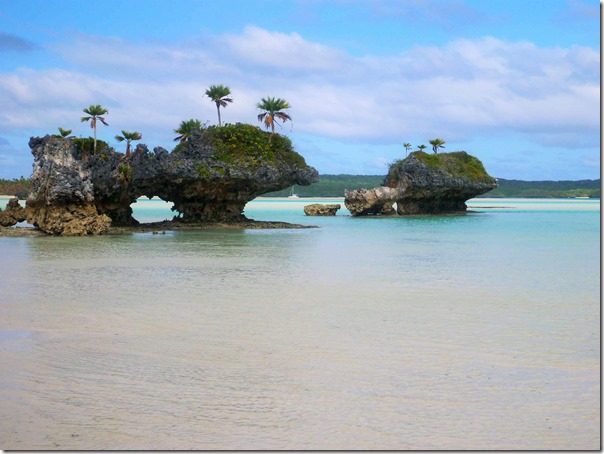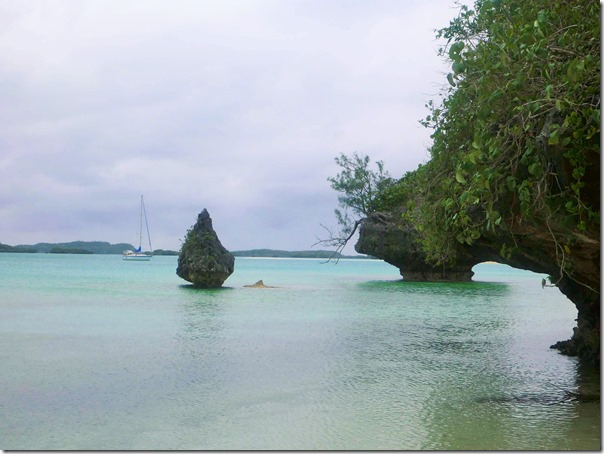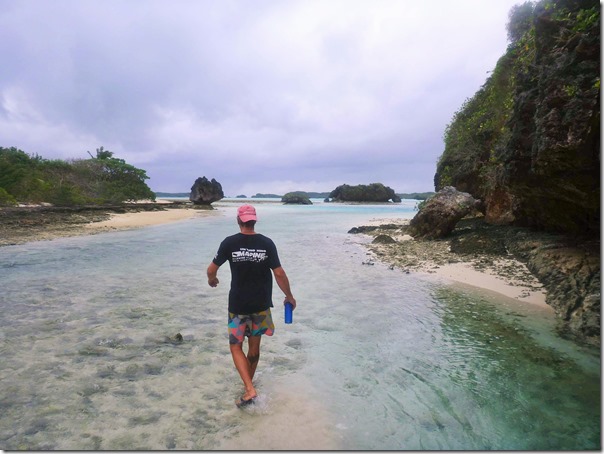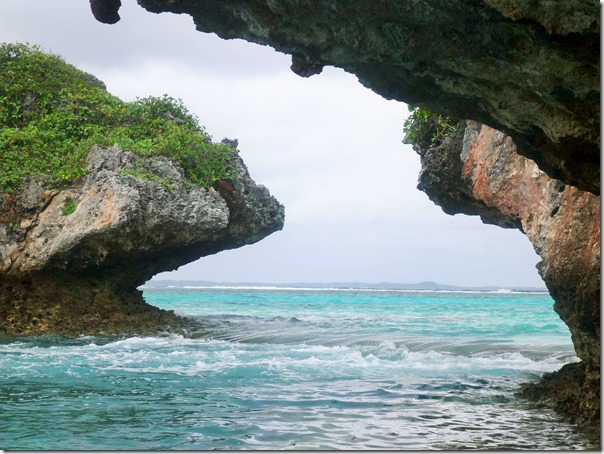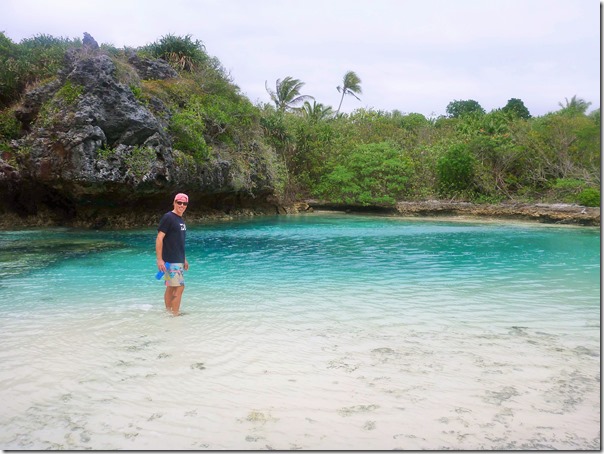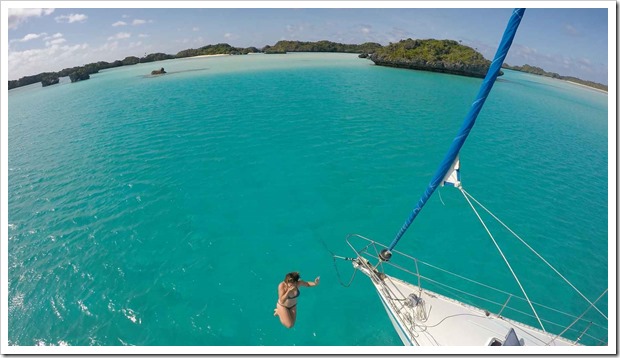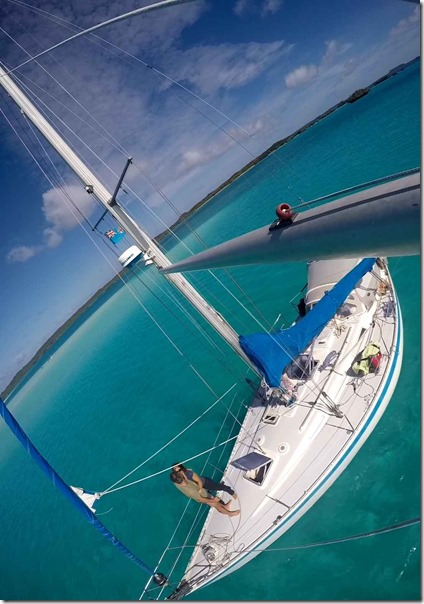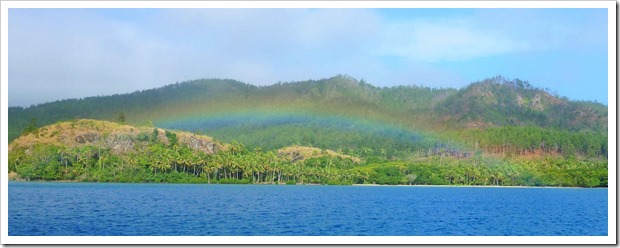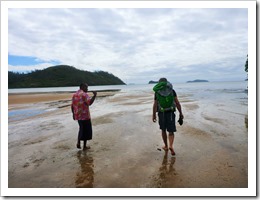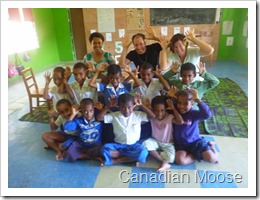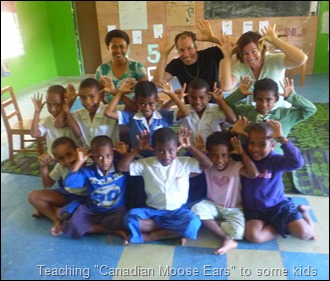Passage: Fiji to Nouvelle Caledonie
Fiji doesn’t like us. As we departed, she gave us one last kick in the ass to send us on our way. After 5 months of crap sailing in Fiji, we started our passage to Noumea with a forecast of SE 15 – 20 knots and 2.5m seas both diminishing in strength. Not too bad to lay a course WSW for us. Instead, we had 35 knots of South wind and more than 4m seas also from the S. Those conditions are not good ones for letting the seas sit at your beam *or* for close hauling and so we put the wind on our stern quarter and started sailing NW, 90 degrees off our intended course. In case you are wondering about land effects, we were leaving Fiji West of Mana Island and we had this wind for the first 12 hours of our passage so…not land.
The seas were so steep, so short period, so uncomfortable that after a few more hours of lurching about NW, in a fit of frustration, we hove to (well, we forereached, but whatever) for 6 hours. Funny enough, this allowed us to make our course (very slowly) and so we decided that until the seas abated we would stay that way.
Eventually the seas came down just enough that we turned W and sailed again, and then eventually were able to lay our course. The weather forecasts continued to show SE wind and we continued to have S or sometimes SSW wind which meant we close hauled most of the way to Fiji in stronger conditions that we would have chosen for an upwind passage. Ahhh, the Coconut Milk Run.
With all of that said, once we set aside our frustration, and once the wind became more reasonable, we had some gorgeous weather during the second half of the passage, a minimum of showers and nothing too squally. The last 24 hours were a glorious sail, closehauled, in lighter winds and so we entered Nouvelle Caledonie with perfect passage conditions and in good spirits. And because of the sporty wind, we had a fast passage, making the 660 miles in under 5 days despite spending 1/4 of a day forereaching.
One more passage and we’ve crossed the Pacific…
Below: A wall of cloud approaching on passage
